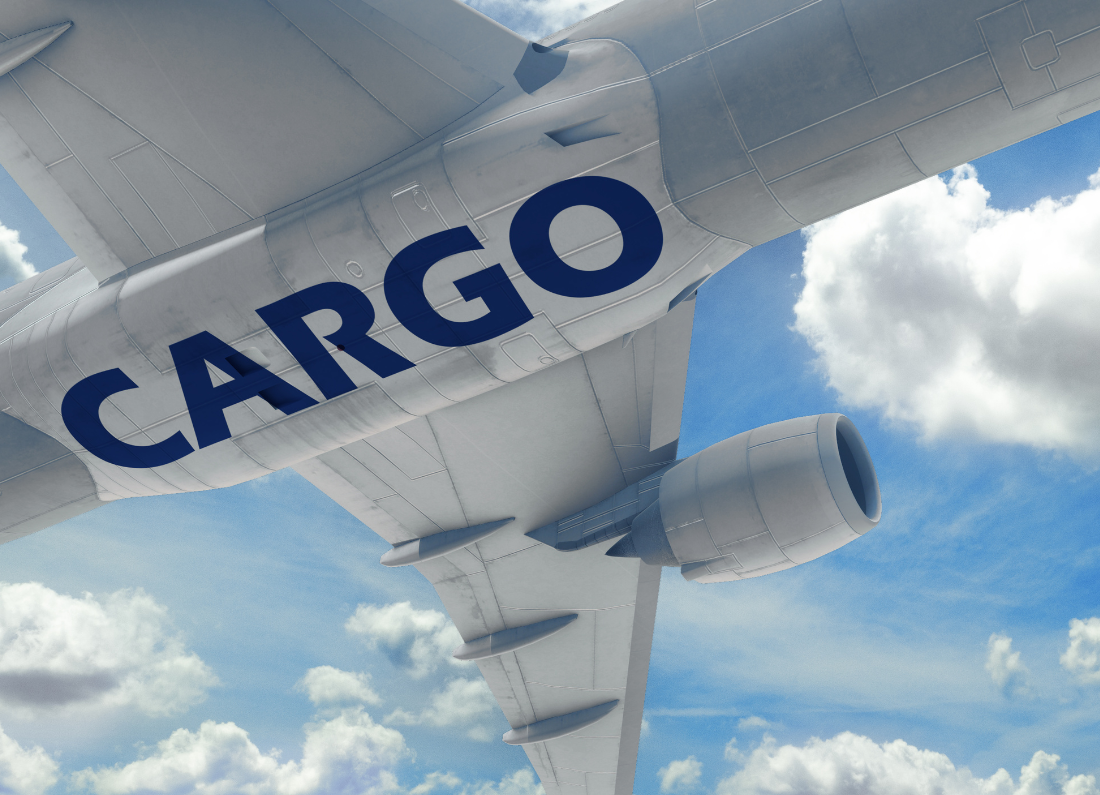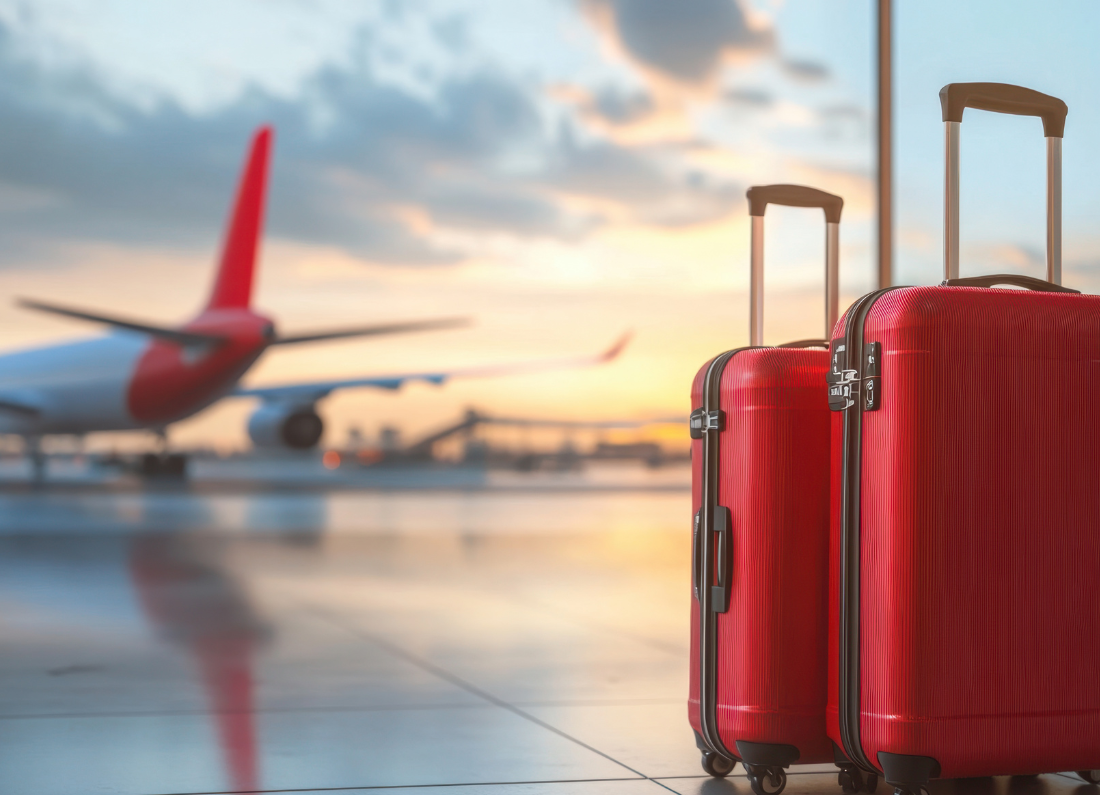Asia Air Cargo 2025: Rising on Trade, Speed, and E-Commerce
Asia continues to serve as the central hub of global air cargo, effectively linking factories, technology parks, and online marketplaces to various regions around the world.
By 2025, Asia’s air freight sector is not only rebounding from challenges faced in previous years but is also undergoing significant transformation. This evolution is characterized by increasing speed, enhanced sustainability, and smarter logistics solutions. Key drivers of this change include the explosive growth of e-commerce, the demand for high-value manufacturing goods, and strategic adjustments in regional supply chains that prioritize efficiency and reliability. As a result, Asia is once again at the forefront of global cargo volume and technological innovation.
In this dynamic landscape, air cargo in Asia encompasses a wide range of operations, from the belly holds of large wide-body freighters carrying essential goods across long distances to sophisticated dedicated express networks that ensure timely delivery of urgent shipments. This robust air cargo system not only facilitates international trade and economic growth but also plays a crucial role in shaping the logistics framework of the modern world, enabling businesses to thrive in an interconnected economy.
The Numbers: Strong, Strategic Recovery
The International Air Transport Association (IATA) reports that by mid-2025:
- Asia-Pacific accounts for 35% of global air cargo traffic, the largest share worldwide
- Regional air cargo volume rose 9.8% year-on-year, driven by China, India, and Southeast Asia
- E-commerce cargo now makes up 40% of intra-Asia air freight
- Perishable goods, electronics, and high-value pharma continue to dominate outbound Asia shipments
Top air cargo airports in the region by volume:
- Hong Kong International Airport (HKG)
- Shanghai Pudong (PVG)
- Incheon International (ICN)
- Narita (NRT)
- Singapore Changi (SIN)
- KLIA Cargo (KUL) – rising rapidly with Alibaba’s Cainiao hub
What’s Moving? The Shifting Cargo Mix
The cargo carried by air in Asia has diversified in 2025:
| Segment | Growth Driver |
|---|---|
| E-commerce | Cross-border sales, flash shipping, returns logistics |
| Semiconductors & electronics | Malaysia, Taiwan, Korea production exports |
| Pharmaceuticals | Cold chain tech & biotech expansion |
| Automotive parts | Just-in-time logistics in Japan, Thailand, India |
| Luxury goods | High-speed delivery to China, Gulf, and ASEAN markets |
| Humanitarian cargo | Earthquake and flood response, vaccines, medical kits |
Speed, temperature control, and trackability are now the standard requirements — not extras.
Key Asian Cargo Hubs and Infrastructure
🇲🇾 Malaysia – KLIA Cargo and Aeropolis
- KLIA Cargo Village upgraded to handle 1.4 million tonnes/year
- Cainiao (Alibaba) Aerohub anchors Southeast Asia–China e-commerce routes
- Free Commercial Zone (FCZ) expansion supports bonded warehousing and re-export logistics
🇸🇬 Singapore – Changi Airfreight Centre
- Fully automated terminals with digital customs clearance
- Major UPS and DHL Asia Pacific express centers
- Supports cold chain logistics for pharma and perishables
🇭🇰 Hong Kong International
- Still the world’s busiest cargo airport by tonnage
- Resilience despite geopolitical uncertainty
- Home to Cathay Cargo and SF Express international sorting hub
🇰🇷 Incheon, Korea
- A gateway for high-value electronics and semiconductors
- Growing transit cargo for North America and Europe
🇮🇳 India – Delhi, Mumbai, Hyderabad
- Pharma and express cargo expansion
- India Post and Amazon Air launching dedicated air networks
Rise of Dedicated Freighters and Express Networks
In 2025, the demand for dedicated freighter aircraft is surging:
- Airbus A330 P2F (Passenger-to-Freighter) conversions dominate Asia’s medium-haul fleet
- Boeing 767F, 777F, and B737-800BCF widely used by DHL, SF Airlines, and JD Logistics
- New freighter airlines launched in Vietnam, Thailand, and Malaysia
Meanwhile, express cargo networks such as:
- JD Logistics (China)
- Pos Malaysia Cargo (MY)
- India’s SpiceXpress and Blue Dart Aviation
are aggressively building out time-definite delivery services with scheduled freighter flights, drone trials, and automated sorting centers.
Smart Cargo: Digitization & Efficiency
Asian air cargo players are embracing digital transformation:
- e-AWB (Electronic Air Waybill) now used in 95% of international shipments in the region
- AI-powered cargo yield management for better rate optimization
- Digital twin warehouse systems for inventory accuracy
- Blockchain used in cross-border customs clearance pilots (Singapore–Malaysia–China corridor)
- IoT tracking devices embedded in high-value goods for real-time monitoring
Greening the Cargo Skies
Sustainability is now a key cargo decision factor in Asia:
- Electric GSE (Ground Support Equipment) widely adopted at cargo terminals
- Carbon offset programs for B2B cargo shipments
- Freighter operators exploring SAF (Sustainable Aviation Fuel) blends in Singapore, Japan, and South Korea
- Emphasis on lightweight packaging, reusable pallets, and waste reduction
Air cargo companies are also working to meet IATA’s Net Zero by 2050 targets, with milestones for 2030 SAF use.
Challenges in the Hold
Despite strong growth, the sector faces turbulence:
| Challenge | Impact |
|---|---|
| Geopolitical tensions | Flight reroutes, airspace closures (East Asia, Middle East) |
| Infrastructure bottlenecks | Limited cold chain, apron space at regional airports |
| Labour and skill gaps | Technicians, warehouse staff, and load planners in short supply |
| Price volatility | Fuel and last-mile logistics costs remain unstable |
Solving these will require regional cooperation, digital infrastructure investment, and workforce upskilling.
Looking Ahead: Asia’s Cargo Flight Path to 2030
By 2030, Asia’s air cargo ecosystem is expected to evolve with:
- Autonomous cargo drones for remote deliveries
- Dedicated urban air mobility (UAM) hubs for express intra-city cargo
- 24-hour regional customs clearance windows
- Digital trade corridors from ASEAN to the Middle East and Europe
- Increased use of AI for cargo routing, capacity matching, and emissions tracking
In 2025, Asia’s air cargo industry is not just about logistics; it has become a crucial lifeline that fosters trade, drives innovation, and stimulates economic growth. Serving as the backbone of global supply chains, the region’s freighters are now equipped with advanced technologies, allowing them to operate at unprecedented speeds while also enhancing their operational efficiency.
As the demand for rapid and reliable last-mile delivery services continues to rise, the air cargo sector is evolving. Companies are adopting cutting-edge solutions such as real-time tracking systems, automated handling processes, and eco-friendly aircraft that reduce carbon emissions.
Moreover, organizations that prioritize investments in technology, build robust connectivity networks, and embrace sustainable practices are positioning themselves at the forefront of this transformative industry. By doing so, they won’t just keep up with the competition; they will actively lead the charge in the air cargo revolution, shaping the future of global trade and logistics in Asia and beyond.







